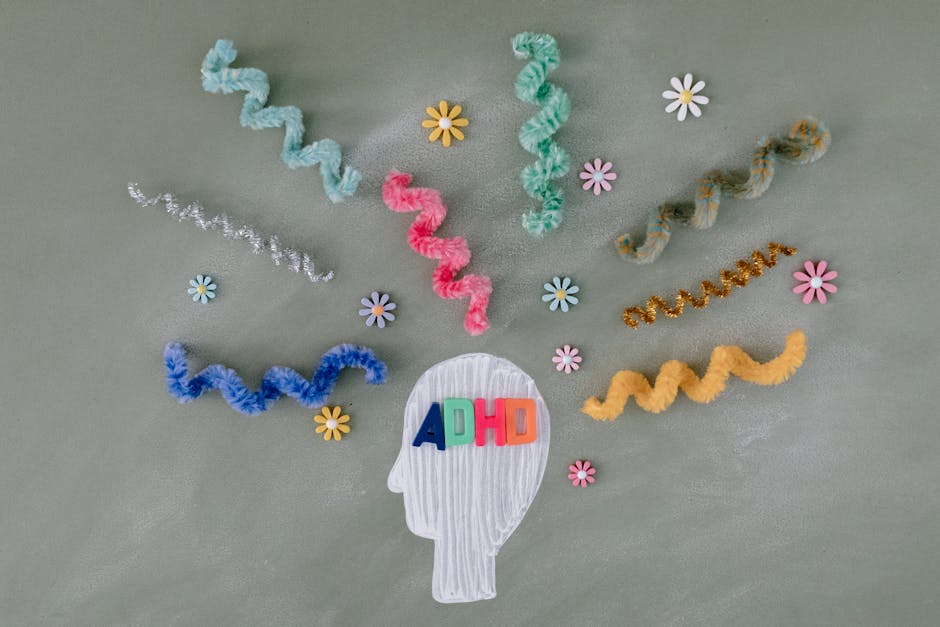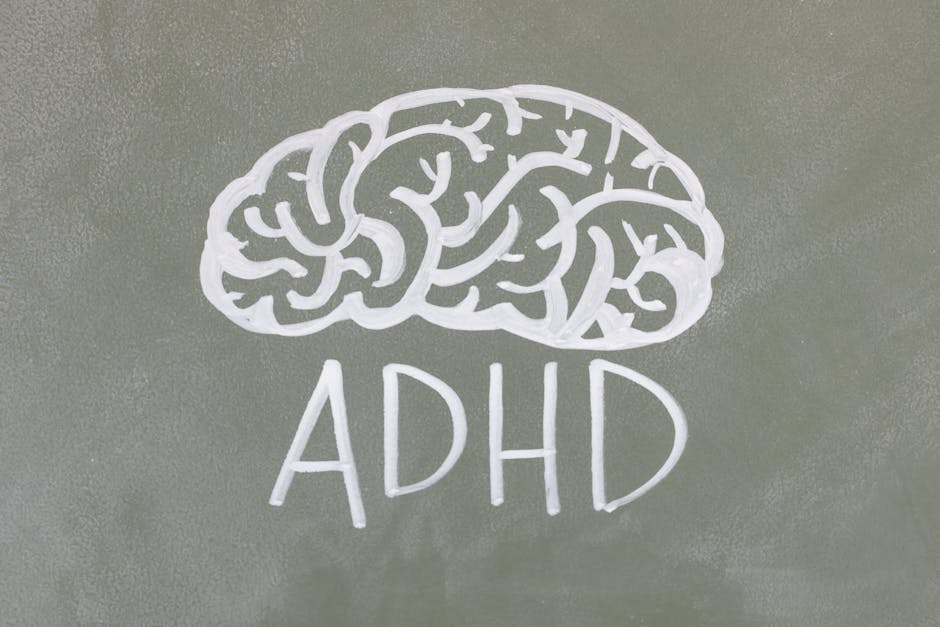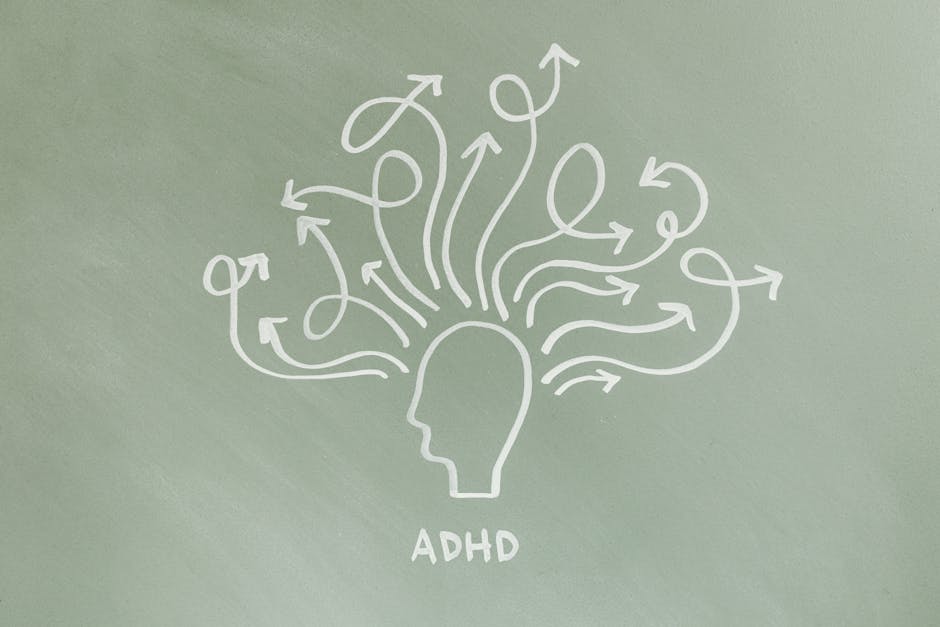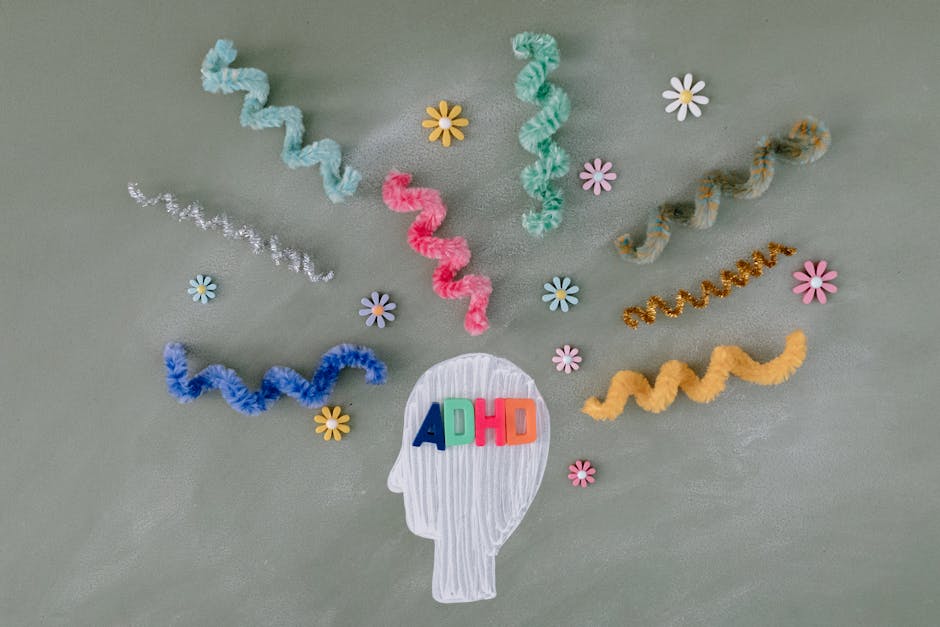Normal Pressure Hydrocephalus (NPH): Understanding Symptoms, Diagnosis, and Treatment Options
What is Normal Pressure Hydrocephalus (NPH)?
Normal pressure hydrocephalus (NPH) is a neurological condition characterized by an accumulation of cerebrospinal fluid (CSF) in the brain’s ventricles. Unlike other forms of hydrocephalus, NPH doesn’t involve significantly elevated CSF pressure. This seemingly paradoxical situation leads to a unique set of symptoms that often mimic other neurological disorders, making diagnosis challenging. The condition primarily affects older adults, though it can occur in younger individuals following head injuries or brain surgeries.

Symptoms of NPH: The Triad and Beyond
The classic presentation of NPH involves a triad of symptoms:

- Gait Disturbance: This is often the most prominent symptom. Patients experience an unsteady, wide-based gait, often described as a magnetic gait or shuffling gait. Falls are common.
- Urinary Incontinence: Difficulty controlling bladder function, leading to frequent urination or urinary incontinence, is another hallmark sign.
- Cognitive Impairment: This can range from mild forgetfulness to significant dementia-like symptoms, including memory loss, difficulty concentrating, and reduced executive function.
It’s crucial to understand that not all individuals with NPH exhibit the complete triad. Many patients present with only one or two of these symptoms, while others may experience additional symptoms, including:
- Dementia-like symptoms: These can include apathy, personality changes, and difficulty with problem-solving.
- Slowed mental processing speed: This can affect daily tasks and cognitive performance.
- Falls and reduced mobility: The gait disturbance can significantly impact balance and mobility, leading to an increased risk of falls.
- Headaches: While less common in NPH compared to other forms of hydrocephalus, headaches can sometimes occur.
- Depression and anxiety: These are common secondary effects resulting from the challenges posed by the condition.
Causes of NPH: Unraveling the Mystery
The exact cause of NPH remains largely unknown. However, several factors are believed to contribute to its development, including:
- Age-related changes in the brain and CSF circulation: The aging process can affect the efficiency of CSF drainage, leading to accumulation.
- Subarachnoid hemorrhage (SAH): Bleeding in the space between the brain and the skull can obstruct CSF pathways.
- Meningitis: Inflammation of the meninges (the membranes surrounding the brain) can impair CSF absorption.
- Head injuries: Traumatic brain injuries can disrupt CSF flow and lead to NPH.
- Brain surgery: Some neurosurgical procedures can inadvertently affect CSF dynamics.
- Genetic predisposition: While not definitively established, a genetic component may play a role in some cases.
In many instances, no clear cause can be identified, highlighting the complexity of this neurological condition.
Diagnosing NPH: A Multifaceted Approach
Diagnosing NPH can be challenging due to the overlapping symptoms with other neurological conditions such as Alzheimer’s disease, Parkinson’s disease, and vascular dementia. A comprehensive diagnostic evaluation typically includes:
- Neurological Examination: A thorough assessment of neurological function, including gait, cognitive abilities, and reflexes.
- Brain Imaging: Magnetic resonance imaging (MRI) or computed tomography (CT) scans of the brain are used to visualize the ventricles and assess the amount of CSF. Ventricular enlargement is a key finding in NPH.
- CSF Pressure Measurement: While the pressure may be within the normal range, this test can help rule out other forms of hydrocephalus.
- Cognitive Testing: Neuropsychological tests evaluate cognitive functions such as memory, attention, and executive function, helping to determine the extent of cognitive impairment.
- Tap Test (or Lumbar Drain): In some cases, a small amount of CSF is removed to assess the response to decreased CSF volume. A temporary improvement in symptoms following the tap test can support the diagnosis of NPH.
The diagnostic process often requires collaboration among neurologists, neurosurgeons, and other specialists.
Treatment Options for NPH: Managing the Condition
The primary treatment for NPH is surgical intervention, specifically the placement of a shunt. A shunt is a small tube that diverts excess CSF from the ventricles to another part of the body, such as the abdomen or heart.
Shunt Surgery: This procedure involves creating a pathway for the excess CSF to drain, relieving pressure on the brain and potentially improving symptoms. Shunt surgery is a significant procedure with potential risks and complications, including infection, bleeding, and shunt malfunction. Careful monitoring is necessary after surgery.
Other Treatment Options: In some cases, conservative management approaches are considered, particularly if the symptoms are mild or the individual isn’t a suitable candidate for surgery. These may include:
- Physical Therapy: To improve gait and mobility.
- Occupational Therapy: To help with daily living activities.
- Speech Therapy: To address cognitive impairments and communication difficulties.
- Medication: While there are no medications specifically for NPH, medications may be used to treat associated symptoms like incontinence or depression.
Living with NPH: Challenges and Coping Strategies
Living with NPH can present significant challenges, impacting both physical and cognitive functions. Individuals with NPH and their families often need support and guidance to navigate the complexities of the condition. This may involve:
- Support Groups: Connecting with other individuals facing similar challenges can provide valuable emotional support and practical advice.
- Adaptive Strategies: Adjusting daily routines and adopting assistive devices can improve independence and quality of life.
- Cognitive Rehabilitation: Specialized therapy to help improve cognitive function and memory.
- Home Care: Depending on the severity of symptoms, home care assistance may be needed.
Open communication between patients, caregivers, and healthcare providers is crucial for managing the challenges and maximizing quality of life.

Research and Future Directions: Ongoing Efforts
Ongoing research efforts are focused on better understanding the causes of NPH, developing more effective diagnostic tools, and improving treatment strategies. Researchers are exploring new approaches, including minimally invasive surgical techniques and potential pharmacological interventions. These advancements offer hope for improved outcomes and a better quality of life for individuals affected by NPH.
Conclusion: A Comprehensive Overview
Normal pressure hydrocephalus is a complex neurological condition that requires careful diagnosis and management. Understanding the symptoms, causes, diagnostic procedures, and treatment options is crucial for effective care. Early diagnosis and appropriate intervention can significantly improve the outcomes and quality of life for individuals living with NPH. Ongoing research continues to provide hope for new and improved treatment strategies in the future.

